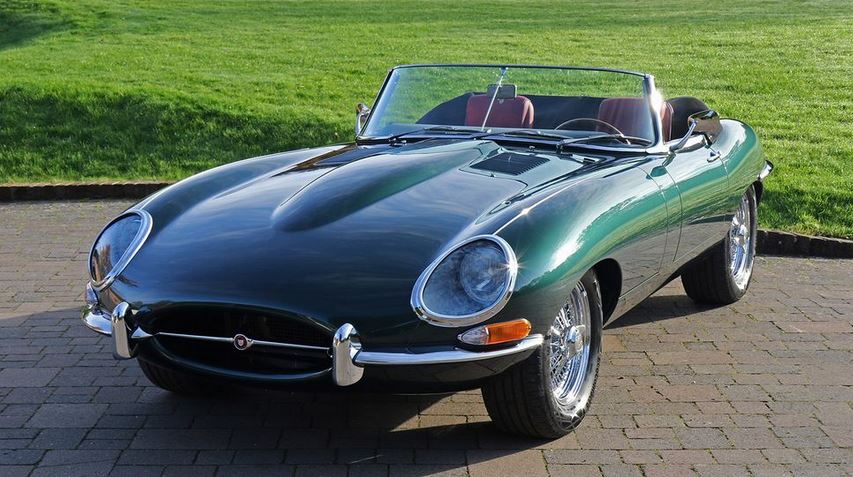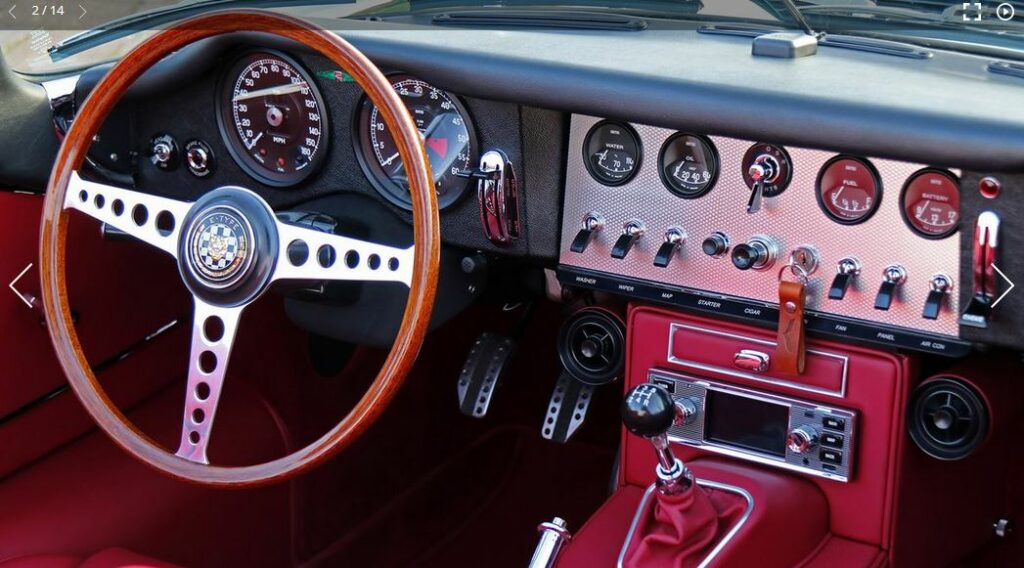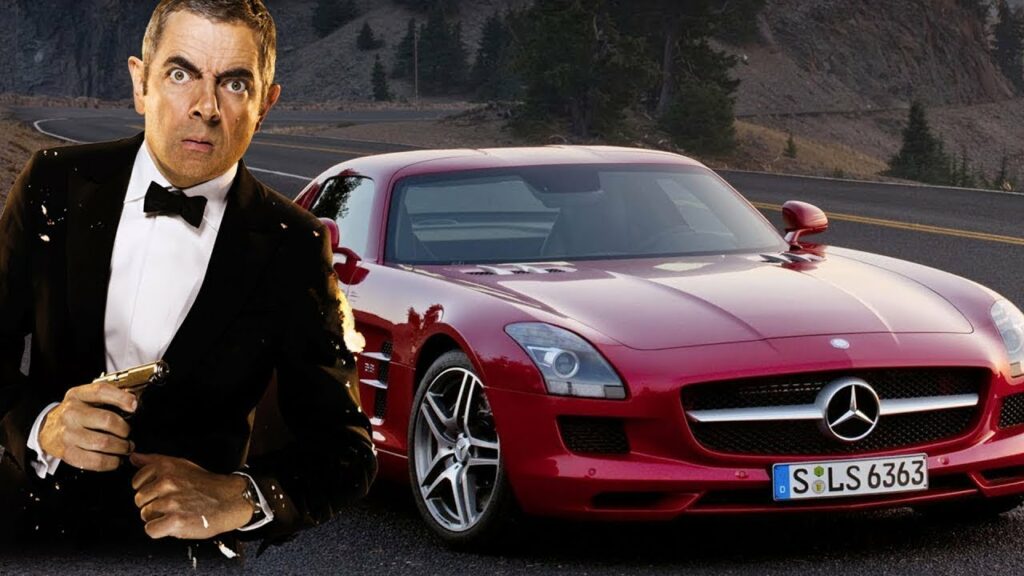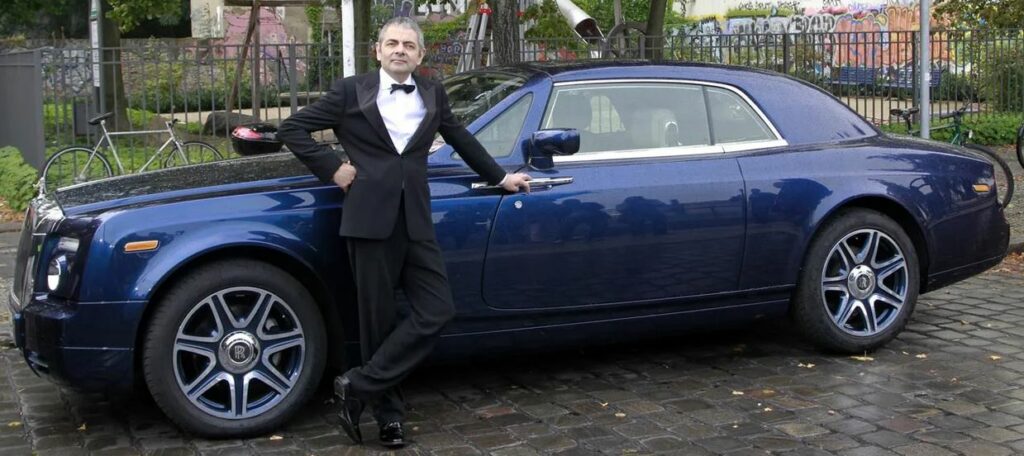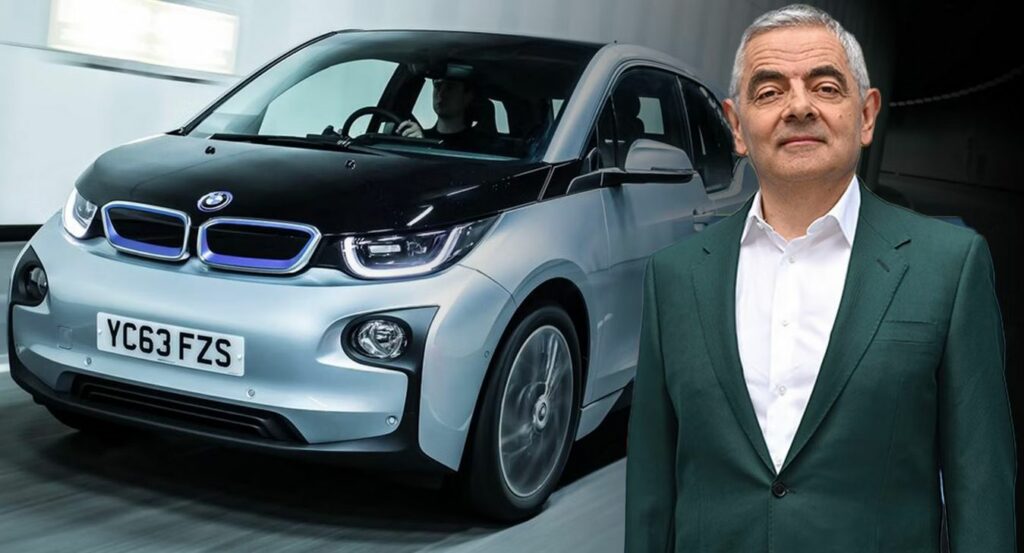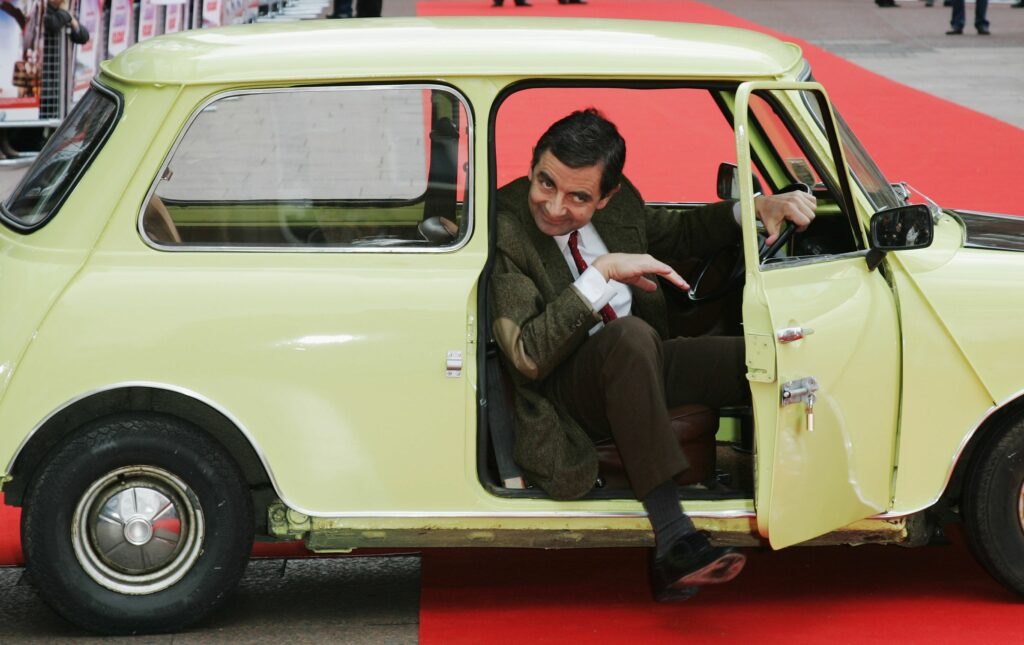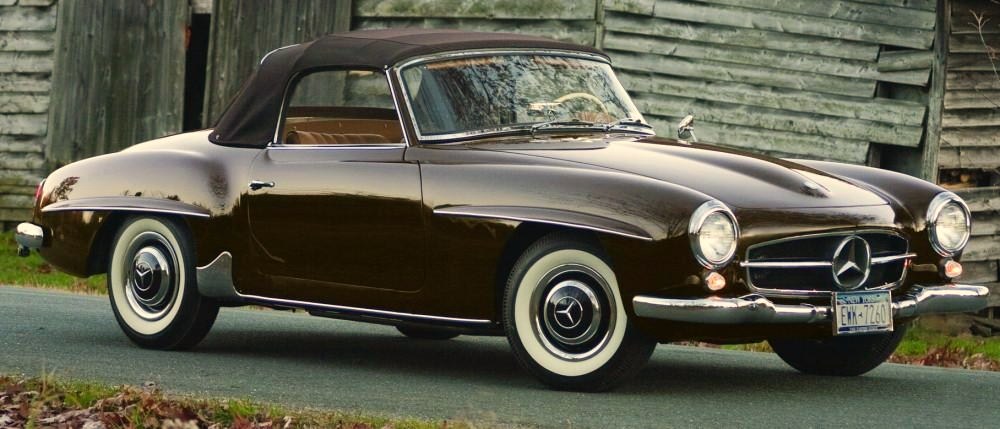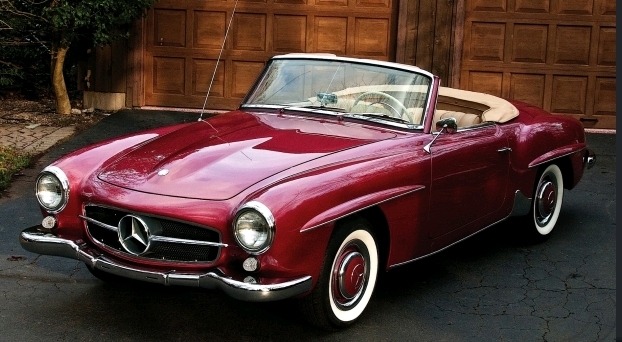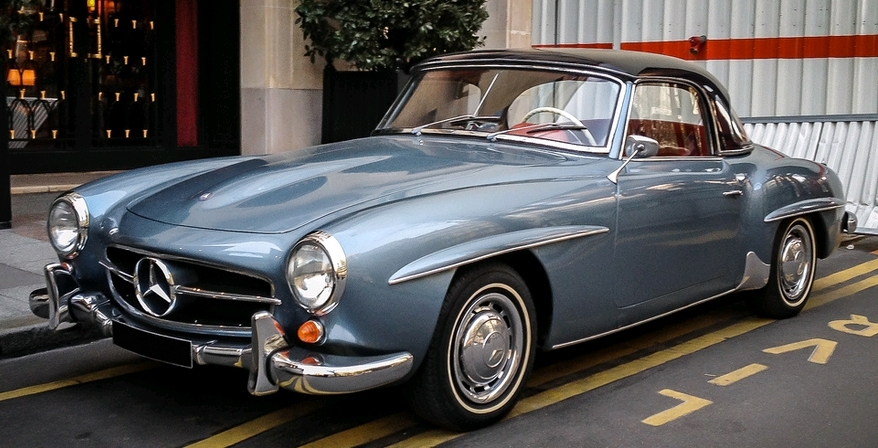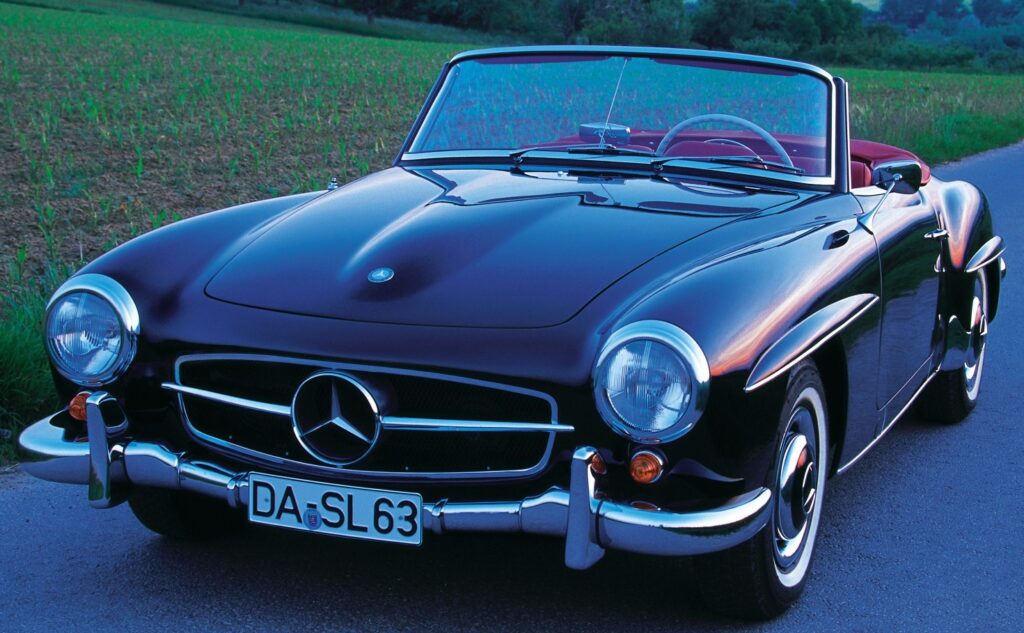Here’s an article for those who want to pass for wealthy:
What does the car you drive say about how well you’re doing? There are particular brands that suggest the person behind the wheel is a high earner, according to a new report. It has revealed the 10 vehicles makes that are owned by those who earn in excess of £75,000 a year.
Well, two things jump to mind immediately. Firstly: in these Bidenflation times, 75k (UK, Euro or US) isn’t “wealthy” anymore. (175k, and now you’re getting close.) Secondly: the truly wealthy don’t care about how they look — in fact, they often try to disguise their wealth because they don’t want to be targets. (And ignore the article’s tinges of wealth envy; they’re Brits, and wealth envy seems to be genetic Over There.)
But just for the hell of it, let’s go with the DM’s definition. Here are their top ten:
1. BMW – 16%
2. Audi – 15%
3. Ford – 14%
4. Mercedes – 12%
=5. Toyota – 8%
=5. Volvo – 8%
=7. Nissan – 7%
=7, Vauxhall – 7%
=7. Volkswagen – 7%
10. Land Rover – 6%
Unlike my normal outpourings on this website, wherein I just read SOTI and then offer an opinion thereon, I decided to do some actual research for this one.
You see, I live in an upscale area, loosely defined as North Dallas Metro (north Dallas, Plano, Frisco, Allen — and, in a stretch, McKinney, Parker and Fairview). There are areas of all the above that are not high-income enclaves — e.g. where I live — but within these areas there are also enclaves where the cops will pull you over just for driving around in a car that isn’t one of the models I list below. (Pickups with trailers full of lawn equipment, for obvious reasons, get a pass.) Areas such as Park Cities (Highland- and University Park) and Turtle Creek in north Dallas; Willow Bend, Normandy Estates, Kings Ridge and Wolf Creek in Plano; and Adriatica in McKinney: all are examples of said enclaves of wealth. Total population of the areas (estimate): about 1.25 million.
So yesterday I took a long drive around some of these places (except where I was stopped by gates, Q.E.D.) and took a highly unscientific but I think nevertheless representative survey of what kind of car these knobs are driving. I included the doctors’ parking garage at Plano Medical City, street parking on Plano West and the valet parking area at Willow Bend Mall, just for the hell of it.
What struck me is that you can’t just group the cars by brand; you have to include the model for the study to make any sense at all. (Example: Audis are like Fords in Plano — but the Audi A8 and S8 aren’t; ditto, Mercedes are like Chevy — but Maybach aren’t; and Maseratis and Porsches are commonplace, until you get to the Quattroporte and upper-end 911s, which are not so common.)
Here’s what you need to drive in this North Dallas Metro area if you want people to think you actually live there instead of just driving through:
- Mercedes G-wagen (G550 or the AMG, $150k): I counted half a dozen of them, all driven by women, i.e. they’re the family’s second car, ditto
- Audi Q7/8 SUV ($80k): lost count, easily more than twenty though, but every single one was driven by Mommy, as were
- Range Rover ($130k): about a dozen of the big ones (forgotten which model), three of which were parked outside the Beretta Gallery in Highland Park, and two outside the Orvis store on Preston Rd
- Bentley ($250k+): two Continentals and two Bentaygas; one Continental was parked outside my Sooper-Seekrit address when I picked up my mail
- Maybach ($175k+): I counted two sedans and two SUVs — all parked outside the North Point Mall
- Mercedes S500 or SL 500 ($125k+): lost count, more than ten parked just in Legacy West — they are the Audi A4 of Plano
- BMW 7-series ($120k+): maybe a dozen
- Porsche 911 Turbo ($200k+): five — one was parked in the student parking lot at Plano West High School
- Rolls Royce: only one, parked in the driveway of a house in Willow Bend
- Tesla: almost as popular as Ford F-150 trucks, out here (ugh)
- Ferrari: only one 488 in the doctors’ lot at Baylor Hospital; I suspect that Ferraris are mostly weekend cars, not everyday drivers.
- And on the above note: I suspect that a Saturday morning drive would reveal a lot more high-end car models than as indicated, because there are a sprinkling of “exotics” (Lambo, Maserati GT, Aston Martin and so on) which I’ve seen on a regular basis during my travels herein.
Some other brands were represented, but Lexus and the smaller Mercedes sedans and SUVs are a dime a dozen, and as for the smaller BMWs… think VW in any German city as a definition of popularity. There are a ton of the bigger, high-end SUVs: Toyota, GMC Denali, Escalade etc. Cadillacs (outside of the Escalade) seem to be almost non-existent, at least while I was driving around. I saw one Caddy CT (4? 5?) in Plano West.
Hardly any Jaguars, of any stripe.
I remember driving Mr. Free Market around a few of these Rich Phartte areas, and his comment was that the houses’ architecture was pretty Nouveau Riche; but as I told him, there’s almost no Old Money in the North Dallas Metro (as Brits would define it); wealth outside the Awl Bidness is generally self-made or else first-generation-inherited, e.g. Troy Aikman (north Dallas) and G.W. Bush (Bluff View/Preston Hollow).
Anyway, there you have it: what to drive in the North Dallas Metro area if you want to announce that you’re wealthy.

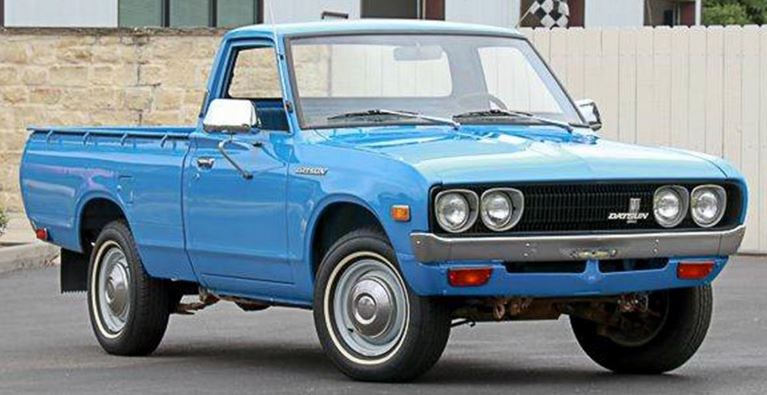
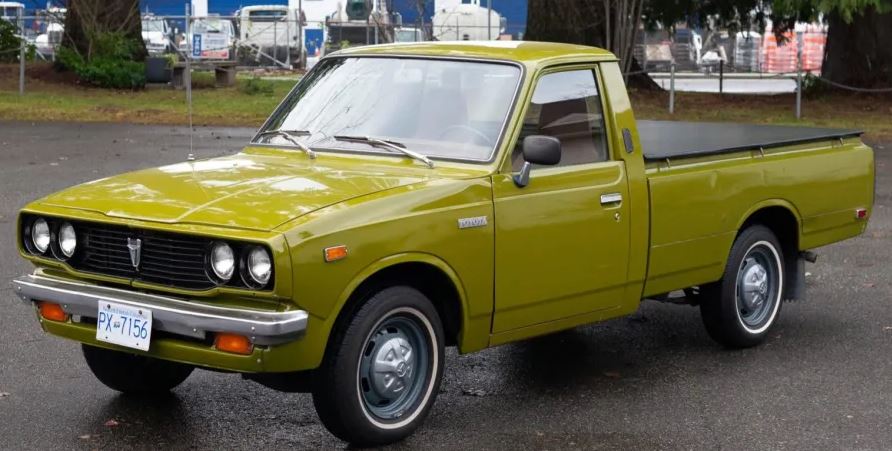
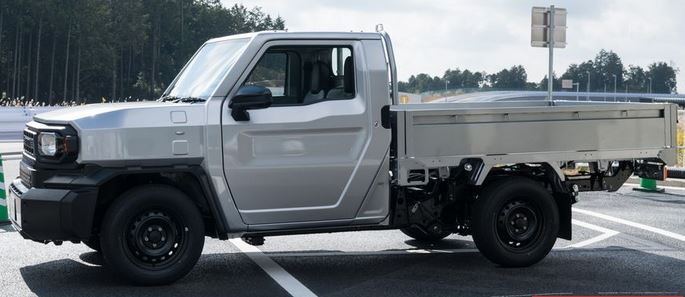
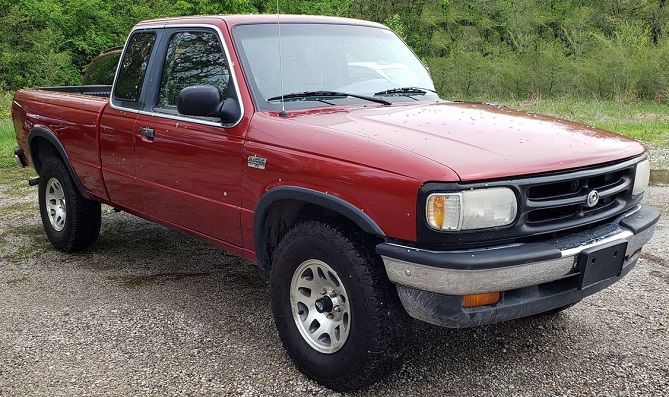
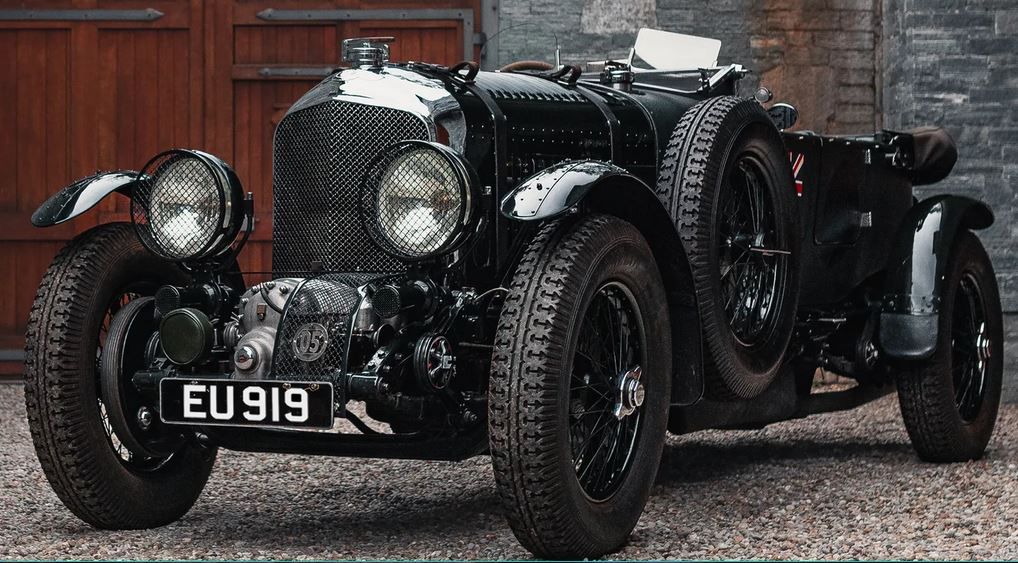
 (click to embiggen)
(click to embiggen)